Growing perennial herbs means you plant them once and they come back year after year. However, they’re only going to come back each year if you know how to properly care for them. Learn how to prune herbs and tend to the soil for maximum growth each year, then learn how to harvest herbs, dry fresh herbs, and use herbs for natural home remedies.
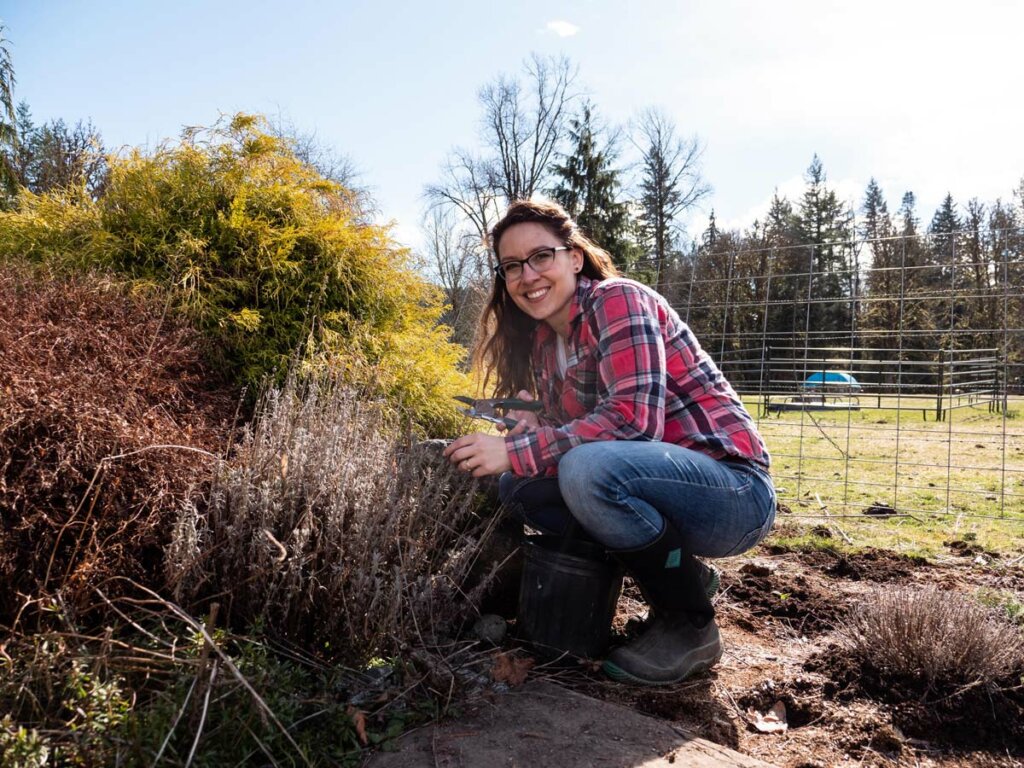
Why I Love Growing Herbs
While keeping an herb garden is a great way to eliminate one more thing that we have to rely on the stores to provide, the fragrance and blossoms when growing herbs provide beauty for the eye that is worth the care all on its own.
I love growing a year’s worth of vegetables in my garden (and coming up with a plan to preserve it all), a year’s worth of berry plants in my yard, and raising a year’s worth of meat on our property for my family of four.
Thankfully, both culinary and medicinal herbs are easy to grow, easy to maintain, and can provide an endless bounty when cared for properly, meaning you can easily grow a year’s worth of herbs for both cooking and countless medicinal uses like making herbal tea.
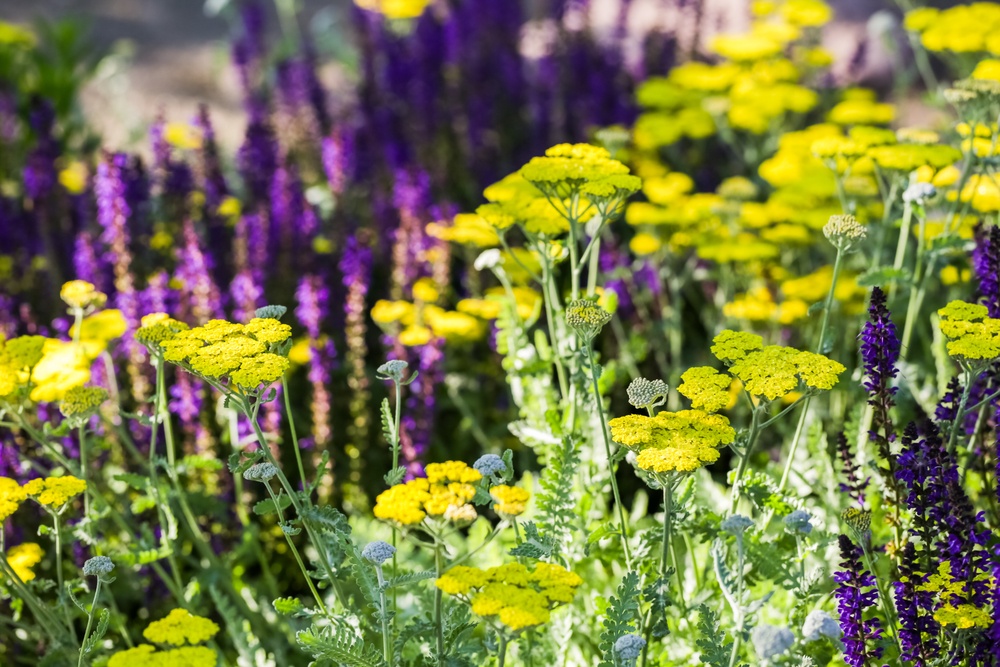
Perennial Herbs vs. Annual Herbs
It’s important to note there are different types of herbs. Those perennial herbs that have a woody stem such as thyme, tarragon and certain varieties of rosemary, and those like basil, chives, oregano, cilantro (coriander), lemon balm, verbena, chamomile, mint, etc. that are not woody herbs and may not survive the winter months.
I will say that by growing herbaceous plants in pots tucked up next to the southern-facing wall of my house (think container garden), I’ve been able to successfully overwinter these plants in a pretty cold climate (growing zone 7). You can see more about how I overwinter herbs in this blog post/video.
Those herbaceous plants that do survive year after year simply need to be brushed off and cleared of any dead leaves or branches, but may also benefit from dividing and transplanting, soil amendment/fertilizing and shaping. Typically speaking, these plants don’t need actual “pruning” throughout the growing season though.
It’s also possible to bring these plants indoors and keep it as a houseplant throughout the winter months, then transplant back outdoors. Though I don’t have experience doing so, I know many people who do.
Watch as I clean up my second-year herb garden in the video below.
Seed Saving
Those herbs that don’t typically survive the winter can oftentimes be seed-saved and replanted, or, if the plant was allowed to go to seed in the fall, may re-seed themselves year after year for an endless supply of fresh herbs each year.
If this happens, you may need to thin your plants so they don’t crowd out other herbs you want to fill in.
Both perennial herbs and annual herbs can provide you with a never-ending supply if properly maintained.
While you’re cleaning up, pruning, and thinning your herbs, it’s a great time to also do some weeding. Removing unwanted plants and weeds is a good practice throughout the year as they oftentimes grow and overtake a vegetable garden bed faster than the plants you actually want in the bed.
Watch the video below, and read the rest of this post for properly pruning herbs, cleaning up the herb garden, and maintaining herbs for maximum yield and harvest.
You can also watch the video where I planted this herb garden from seed.
How to Prune Herbs
Each year, perennial herbs like lavender, rosemary, and thyme will die back in the fall and need to be pruned in early spring, ideally while the herb plant is still dormant, with clippers.
This looks a bit different for each herb (watch the video above to see how I prune each different herb), but all perennial herbs will benefit from being pruned back and shaped.
As the plants mature they will grow outwards and will benefit from regular pruning each year, as well as light pruning throughout the summer months as you harvest herbs for use.
Remove Dead Leaves & Branches
To prune herbs, you’re actually just removing the previous year’s dead herbs. But not all herbs like to be pruned completely back to the ground (aka hard pruning).
Before you just start cutting away, take a look at the plant to see if there is any new growth or sets of leaves coming up from the base, or if any of the previous stems from last year are producing new green leaves.
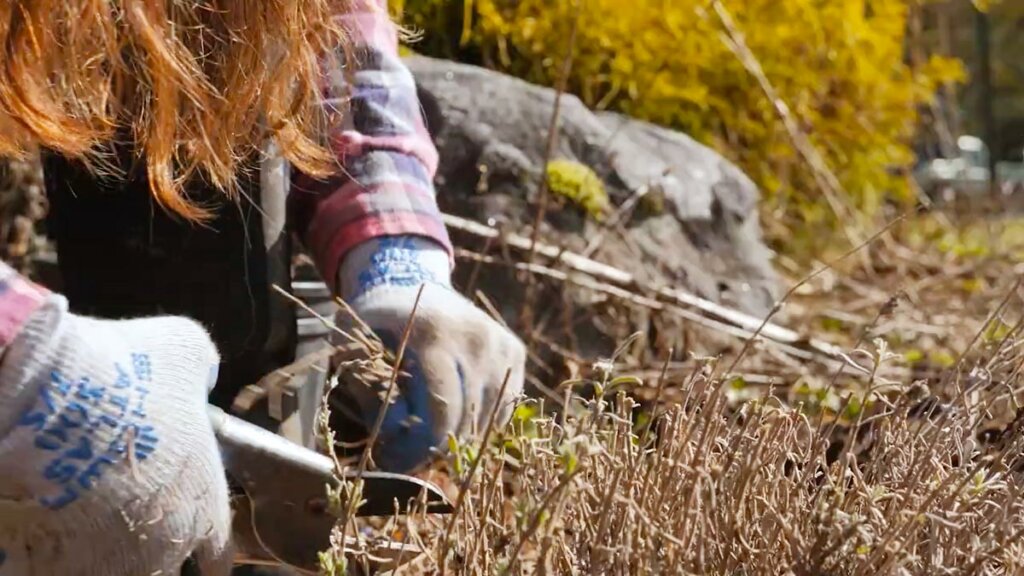
Shaping the Plant
While pruning, this is a great opportunity to shape and maintain the size of growing plants.
If your plants are still small, you may not need to shape them yet. However, well-established plants can easily take over a space, or begin to compete for space in a smaller garden area.
You can often divide plants and transplant them to other areas of your yard, or gift them to friends and neighbors looking to start or expand their own herb gardens.
To shape a plant, try to imagine the shape you’d like to achieve, and, using your pruners, shears or snips, shape and cut in a manner that the new growth will mimic. It’s better to prune back to green healthy growth and maintain a bushy plant, rather than let it get leggy or overly long and spindly.
For some herbs, this isn’t possible as you’re actually cutting back all growth. For these plants, you want to simply consider their size and whether they should be divided.
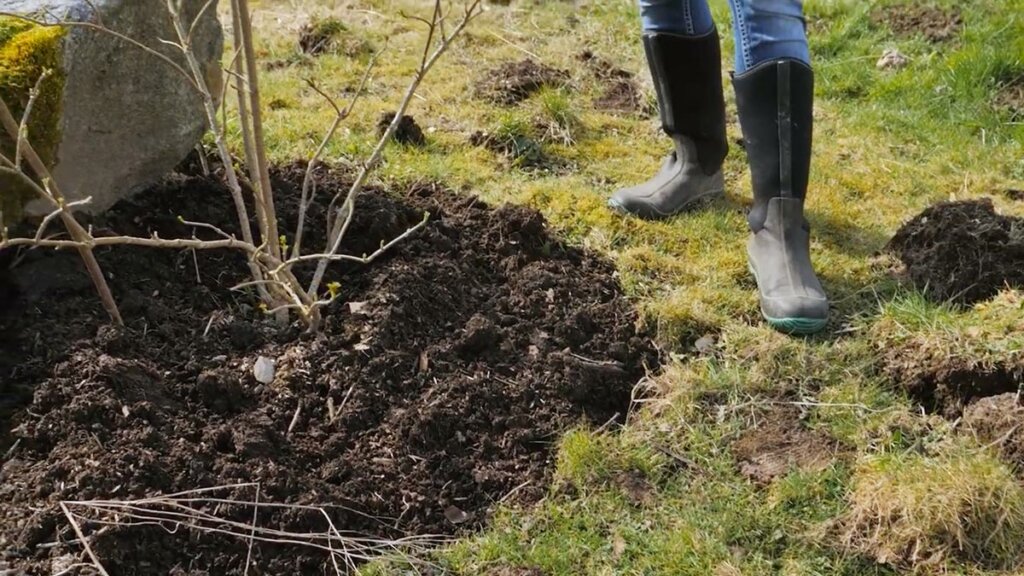
Maintain Spacing
When planting an herb garden, it’s important to leave ample space between plants as they’ll continue to grow and expand year after year.
If plants are beginning to encroach on each other, it’s time to divide and transplant, or divide and give away.
Sometimes I need to expand my beds if my herb bushes are getting too close to the surrounding grass (I like my herbs more than my grass anyway!).
To do this I take a square, flat-headed shovel and simply cut straight down through the soil to sever any grass roots. I then dig up the top layer of soil and remove it, then amend and fill in the space with compost and mulch.
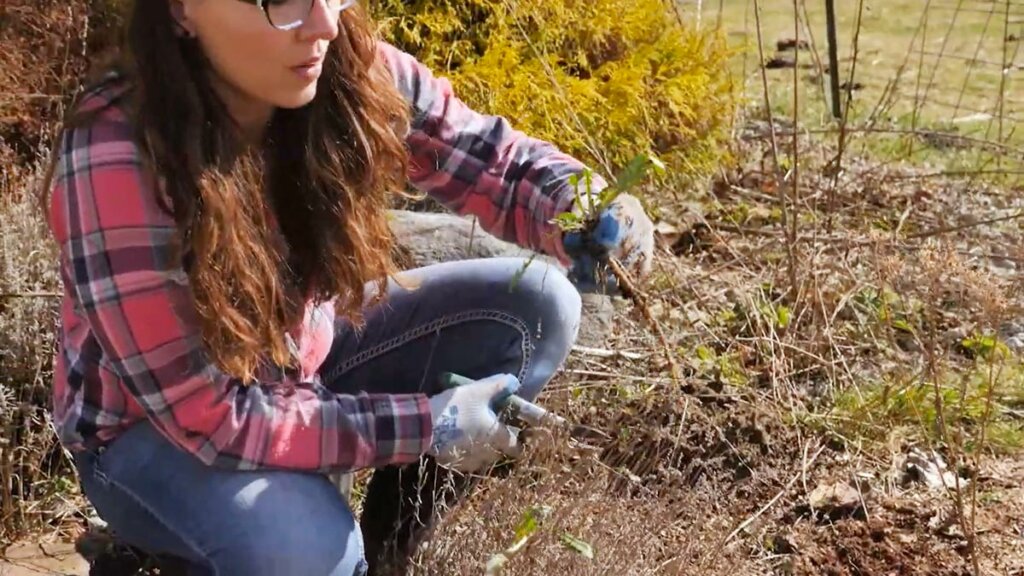
Remove Weeds
We don’t want our herbs having to compete with weeds. Early spring is a great time to get into our gardens and pluck any weeds just starting to grow as they’re much easier to remove before they set larger roots.
Once weeds are removed, adding a layer of compost and mulch can help to prevent weeds from returning. Or, it can at least suppress their growth causing them to come back more slowly.
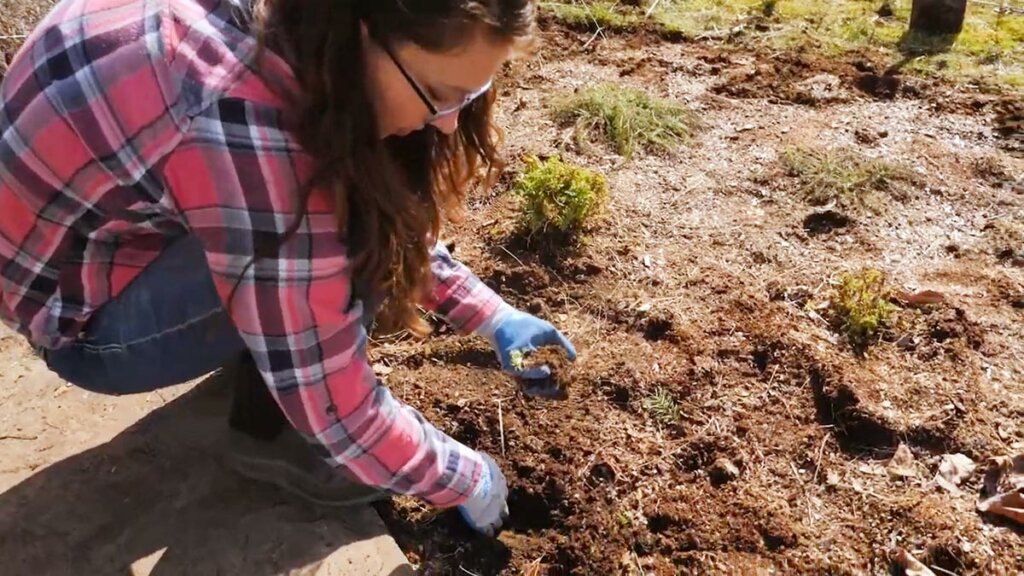
Transplanting Herbs
As mentioned above, when your herbs get too big for their space, you can easily transplant them to another area of your yard or give them to a friend.
This is the beauty of perennials! You should never have to buy them again. And, if you’re patient, you can have enough to fill your yard, plus the yards of your friends and neighbors.
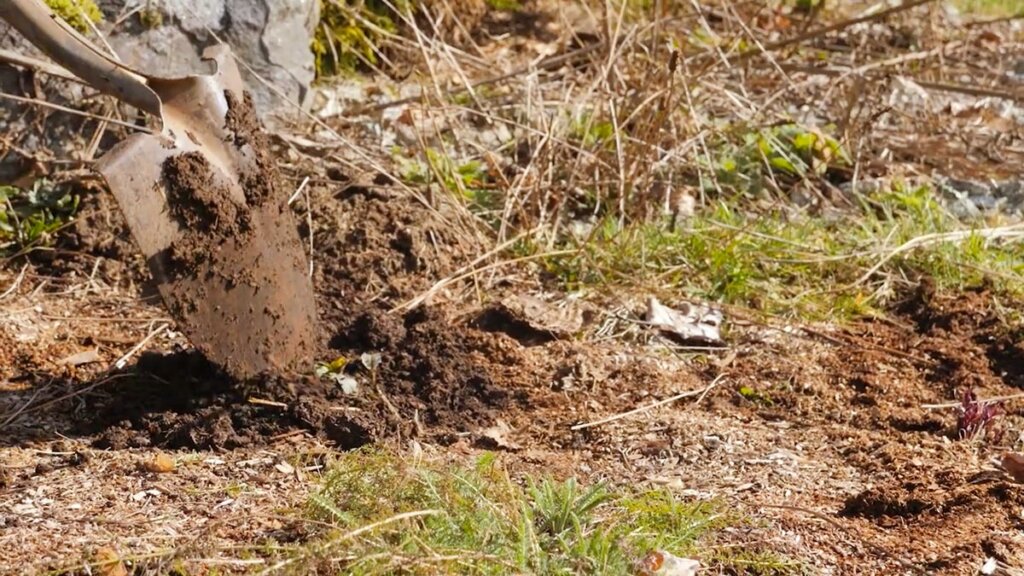
Compost & Amend Soil
After you’ve pruned your herbs, divided and shaped the plants, and weeded the ground, it’s time to give those herbs some nutrients.
Think of your herbs much like you would the vegetables you grow in the garden. You need to give them proper food and nutrition in order for them to produce and give back the flavor and nutrition you’re hoping for.
Adding a layer of compost each year will provide the plants with the nutrients needed to grow big and strong.
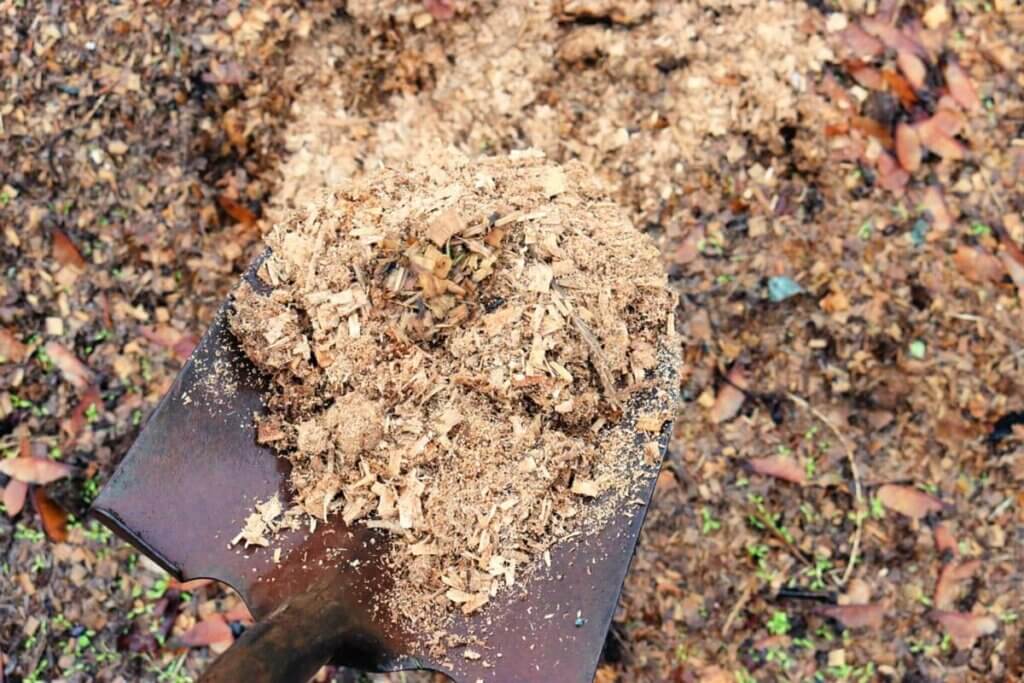
Add Mulch
And because we’ve now spent all this time making our herbs nice and happy, let’s make ourselves nice and happy by adding a layer of mulch which will help with water retention and weed control!
You can add mulch right up to the roots of well-established herbs. But for those herbs that get cut all the way back, I’d leave 3-4 inches around the base of the plant to allow the herbs to grow back easier.
For those herbs that re-seed themselves, you don’t want to cover that area with mulch as those tiny seeds need to get as much sunlight as possible. A thin layer of compost around them is sufficient to help them grow.
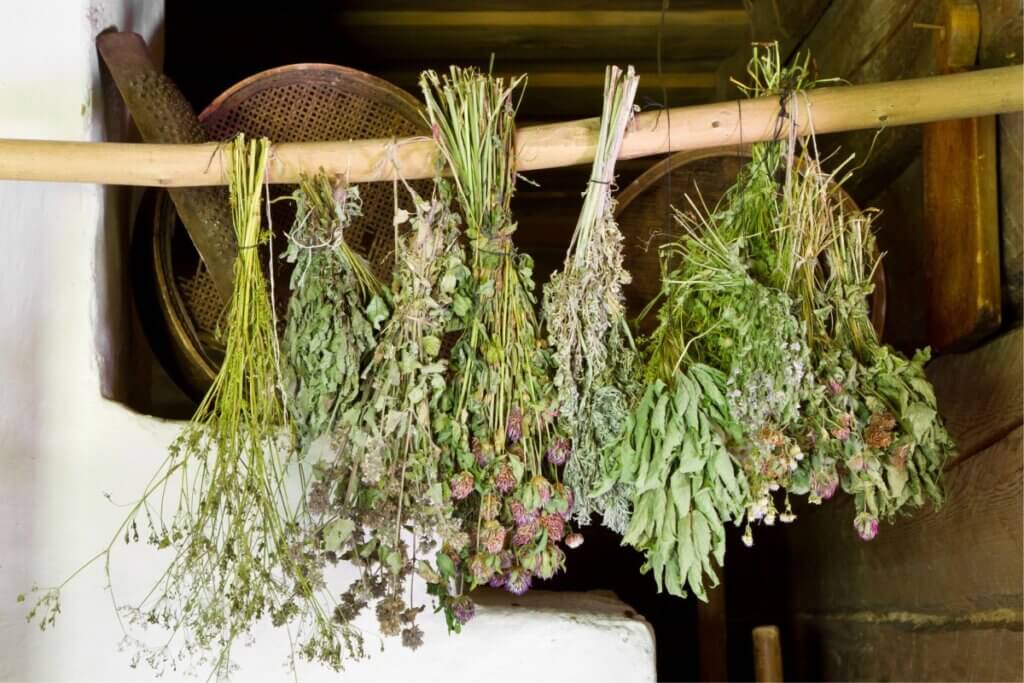
Related Articles
- How to Plan a Medicinal Herb Garden
- Plant These Medicinal Herbal Flowers from Seed
- 8 Medicinal Plants You Need to Add to Your Garden This Year
- Benefits of Rosehips (Growing, Harvesting & Medicinal Uses)
- Medicinal Kitchen Herbs (6 Herbs You Should Grow)
- Best Methods for Drying Herbs for Stronger Medicinal Properties
- How to Grow an Herbal Tea Garden at Home (+Favorite Herbal Tea Blend Recipes)
- How to Use Herbs and Natural Remedies at Home
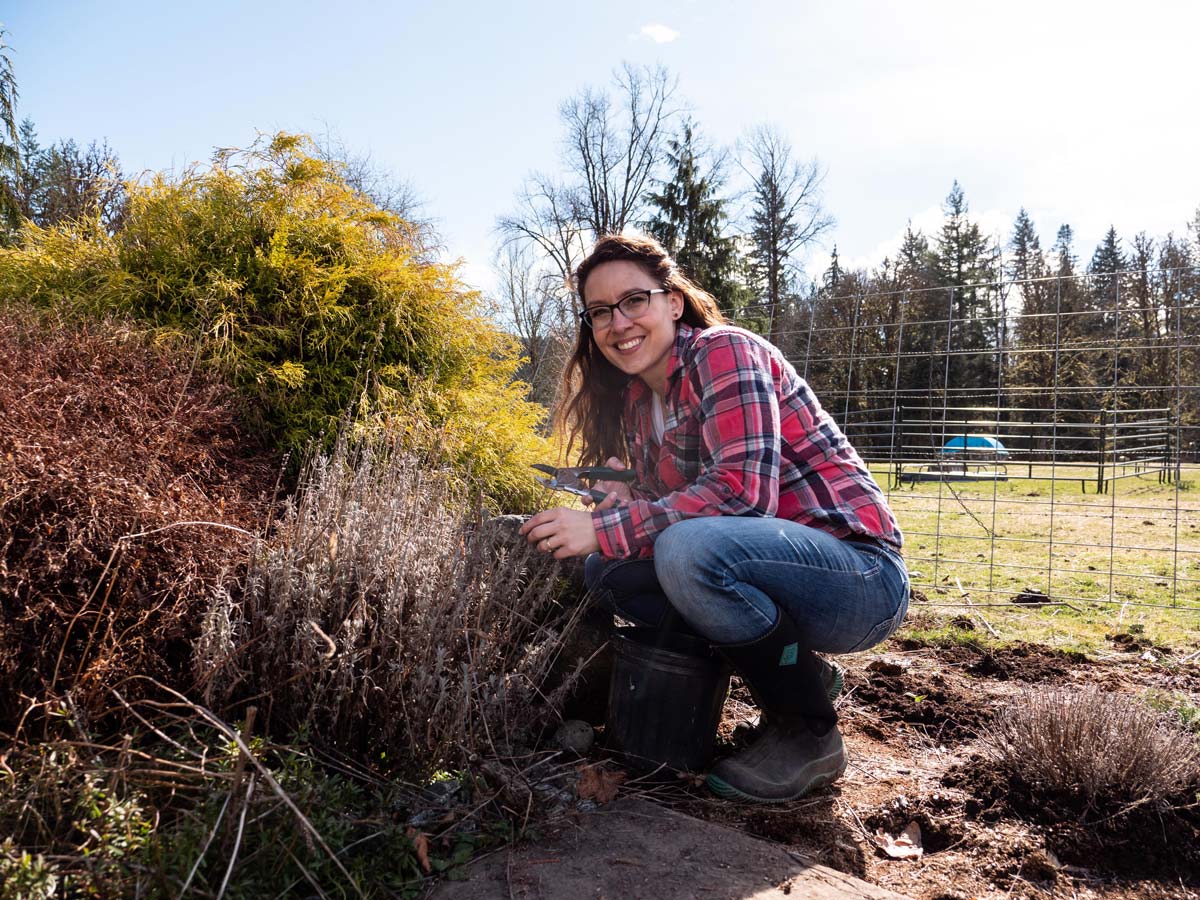
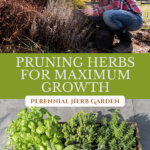
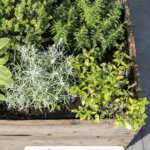
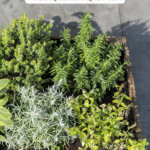
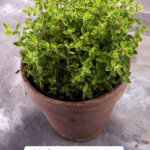
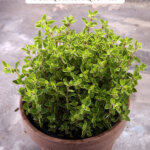
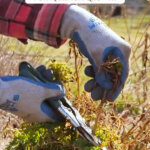
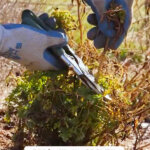
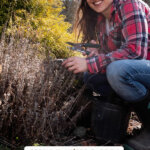

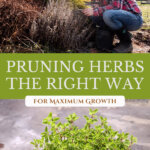
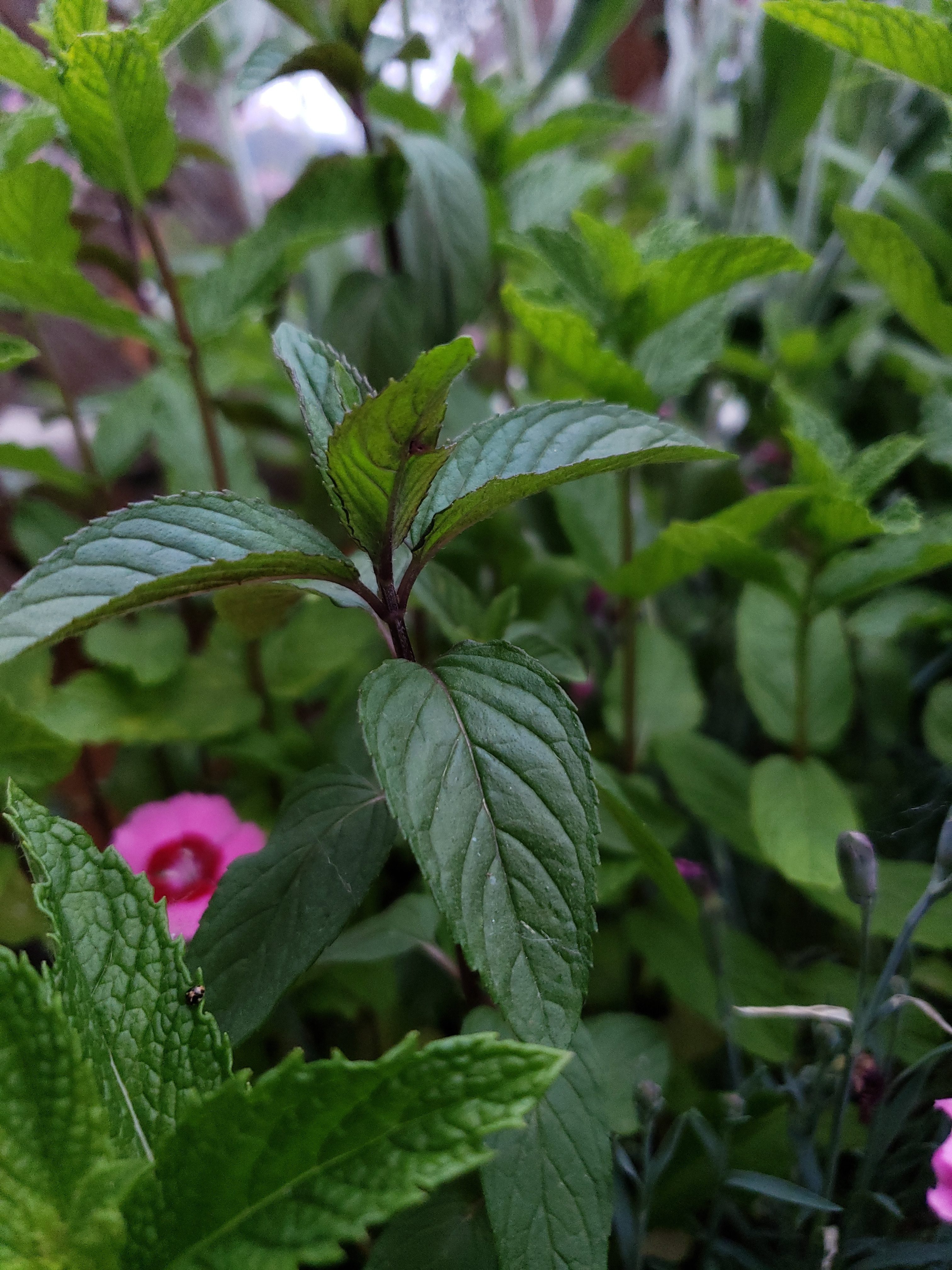
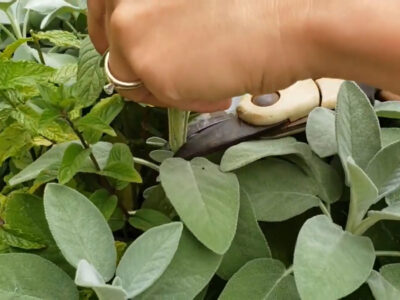
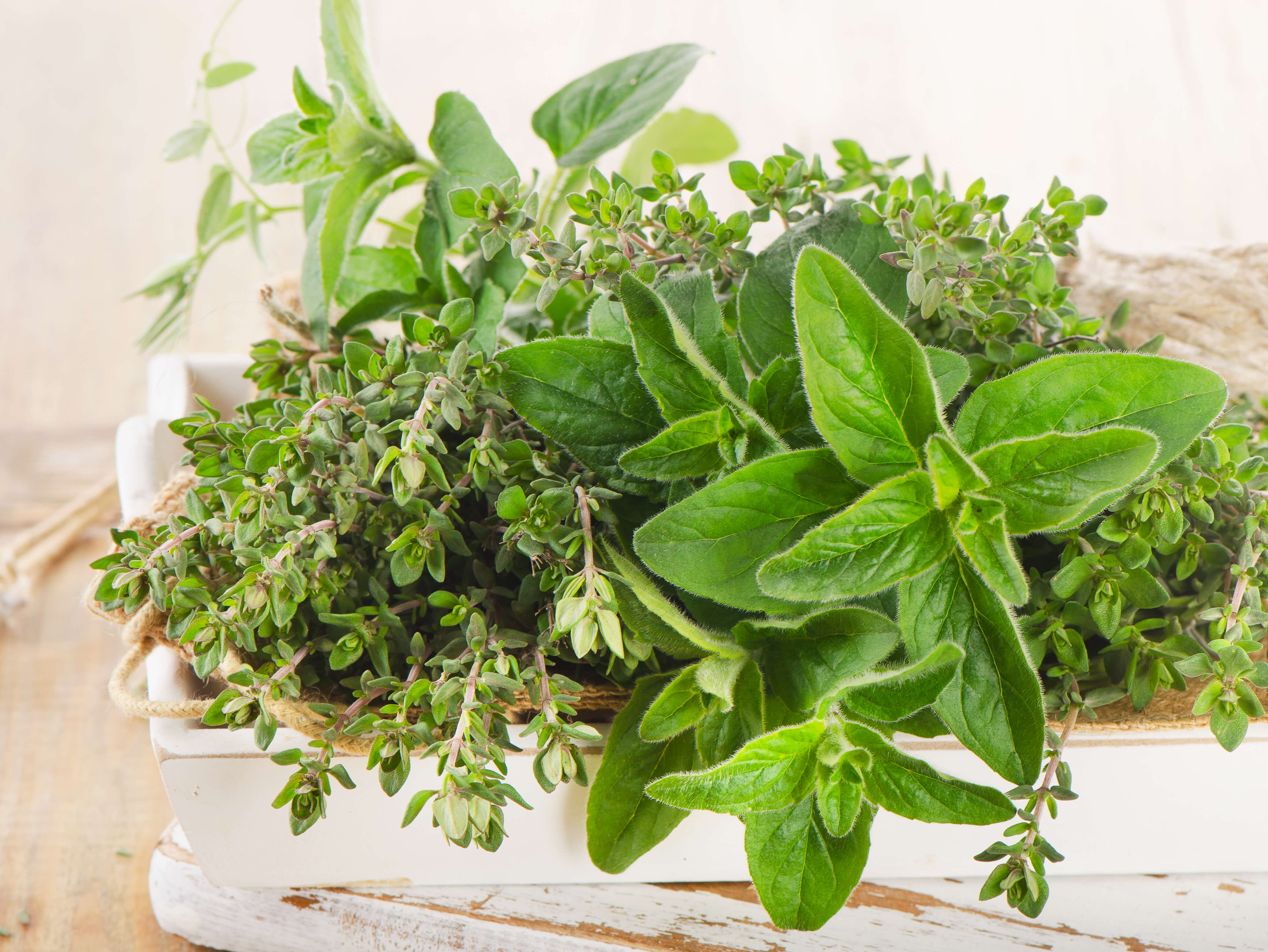
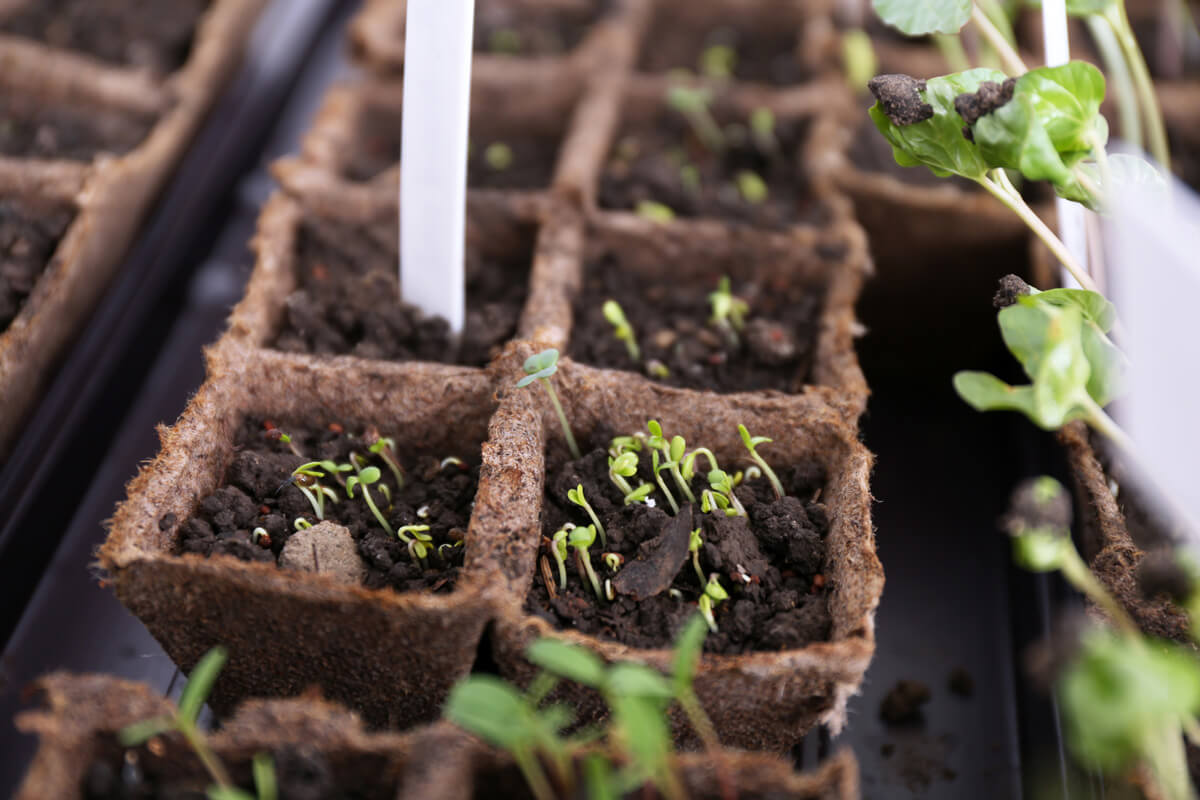
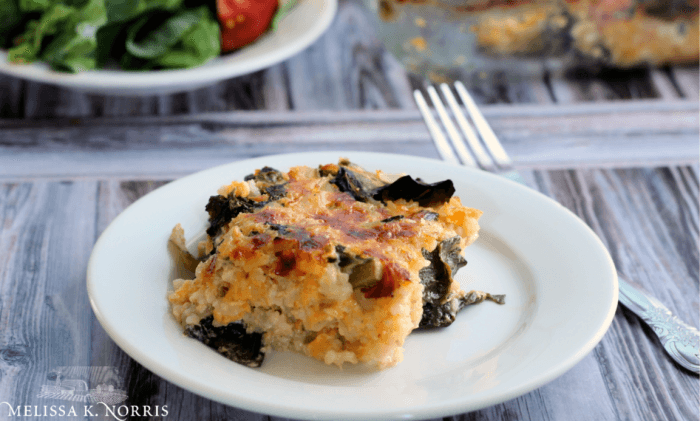
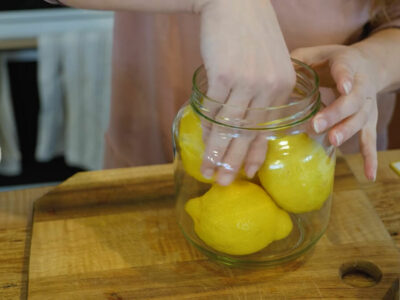
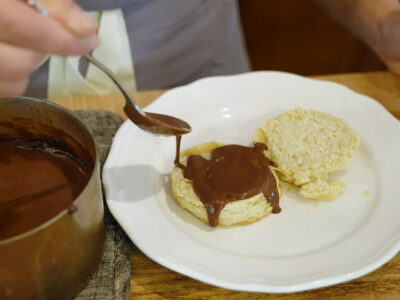
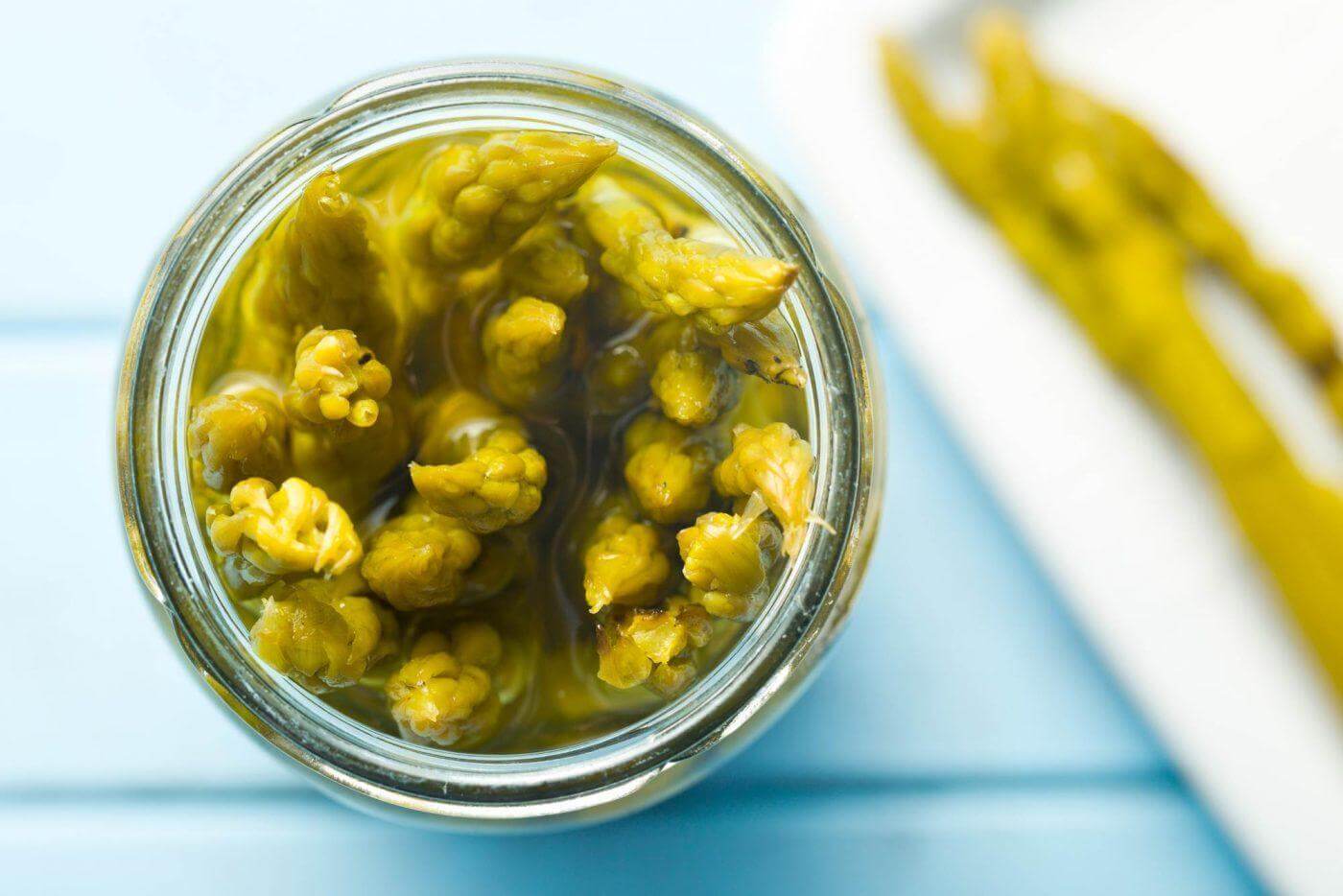

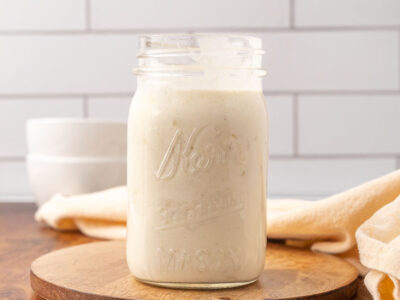
Do you have a recommendation for a book that explains how to care for, harvest, and use herbs?
Hi Melissa, I have been reading your info on fermenting cabbage and other vegetables and I am very interested in learning how to do this for myself and husband. If you have any books I could buy on fermenting I would be very interested in purchasing them. Thank you so much, really enjoy reading your info.
Would the fall be a good time to plant herbs? Or only in the spring time? For a beginner, would you recommend seed starts or just purchase an established plant? Where would be a good place to purchase? I’m in Massachusetts for reference.
Instead of cutting feverfew, try grasping several stems near the bottom and ramming them towards the ground to break them. Many brittle stems work this way and it saves time and tendinitis from shears. Faster, too!
While its a good idea to prune back plants that need it, please be mindful that wildlife maybe hibernating in your borders and too much cleaning up will disturb their hibernation this will include those good predators like ladybirds, that are so important in our gardens. An ultra clean and tidy garden is not good for our wildlife and needs all the help they can.
We have 15 acres of wooded area for them, my herb garden and vegetable garden cleanup isn’t harming them.
Looks like you need to sharpen your clippers! 🙂
I live in apartment and don’t have access to a yard. How do I plant and grow herbs in my home?
A sunny windowsill or you could use a grow light in an area of your apartment if you don’t have a grow light but a southern facing window during the summer should work.